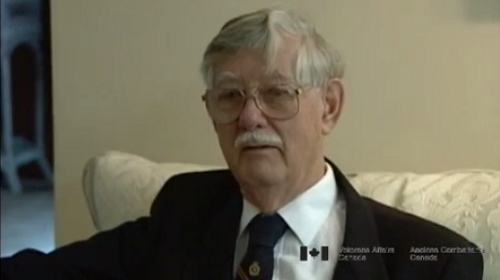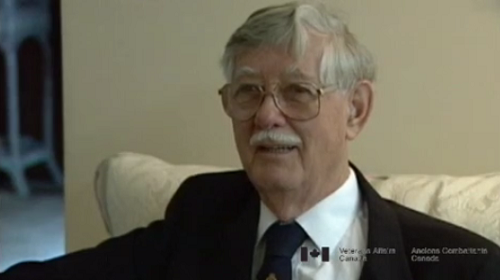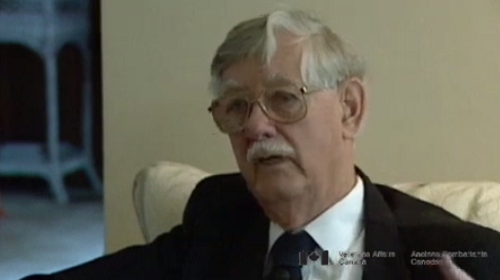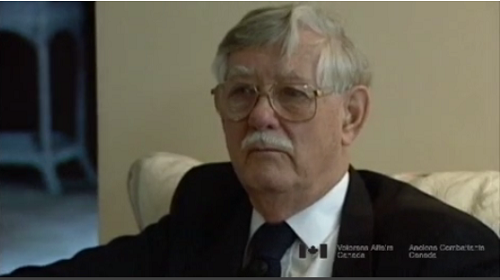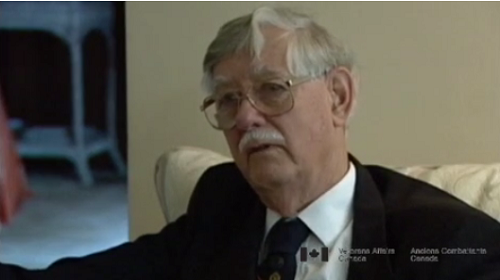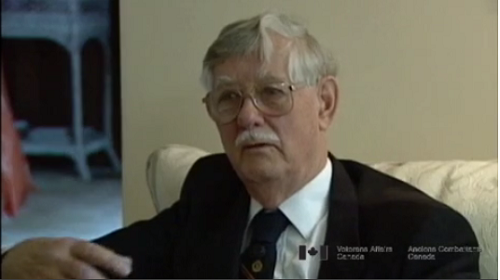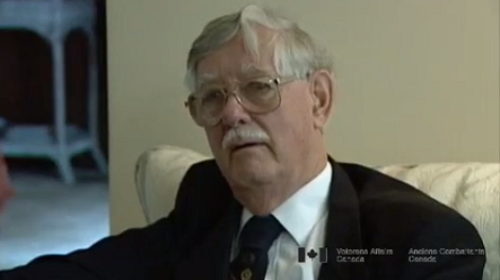The Task of Paratrooping
Heroes Remember
The Task of Paratrooping
Well this was Canadians, Force 136 and
there are several of them that
live right here in Vancouver.
They would, sometimes they would go in by
boat on the other end and come up in behind
but this was up in the north part and we'd
drop these gliders which were the point of
no return and then they would go in and
they were experienced in demolition
or blowing up bridges and disrupting
things behind the lines and obviously
they fit in with the atmosphere,
you know, with being with other nationalities
but they were, a lot of Canadians were on this
force and in some cases we did paratrooping
where a group were being besieged,
hemmed in, and you would have to drop
these paratroopers in it to a very confined
area to bolster up the people that were there,
to relieve them a bit, you know,
that sort of thing. So there was quite
a bit of paratrooping done as well.
Related Videos
- Date modified:



